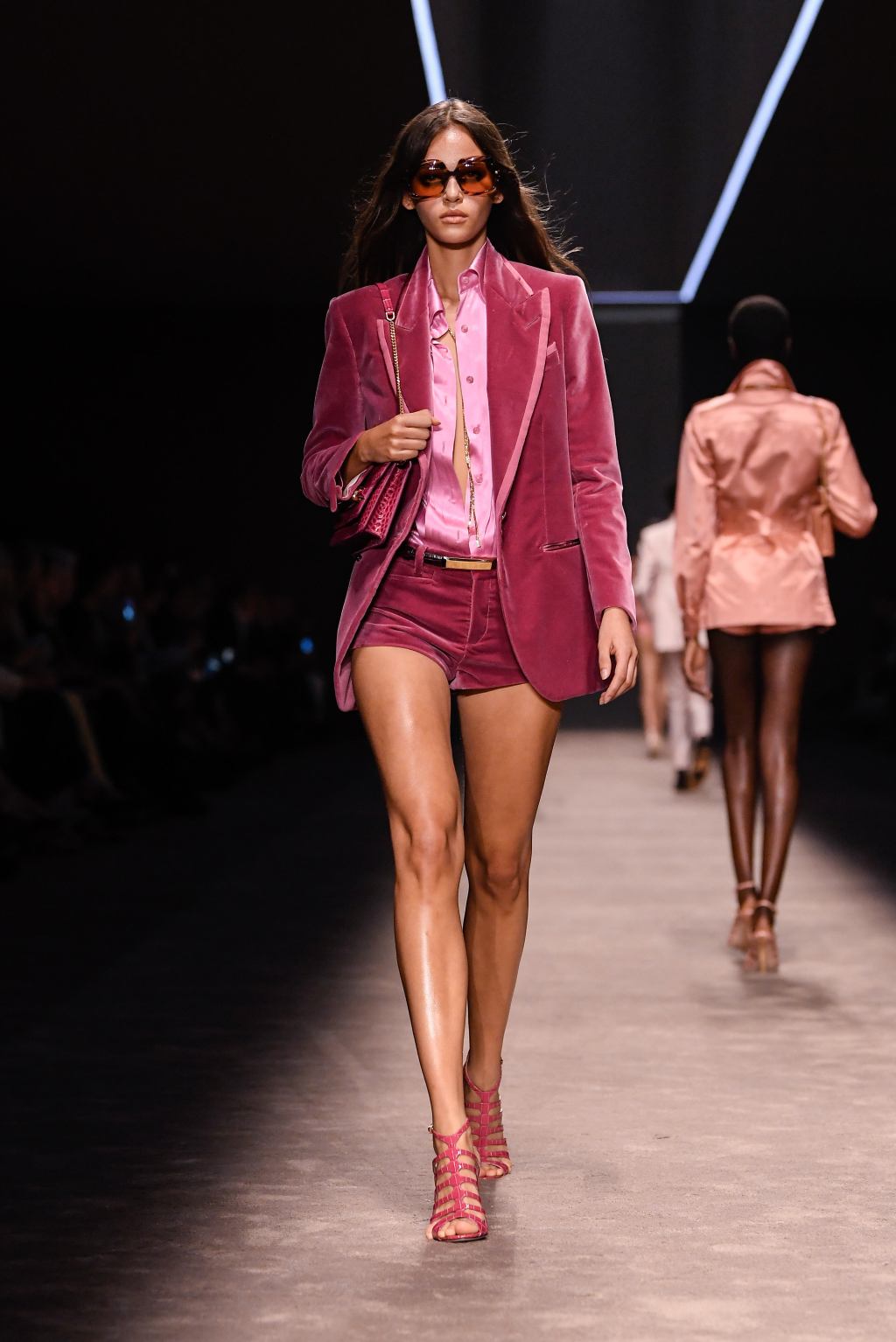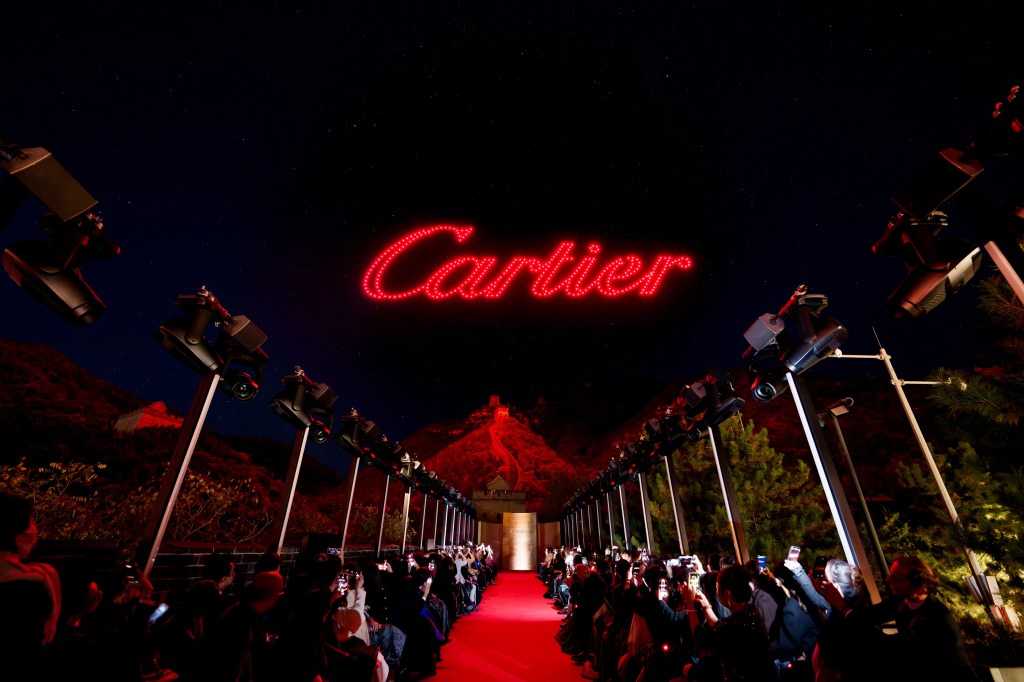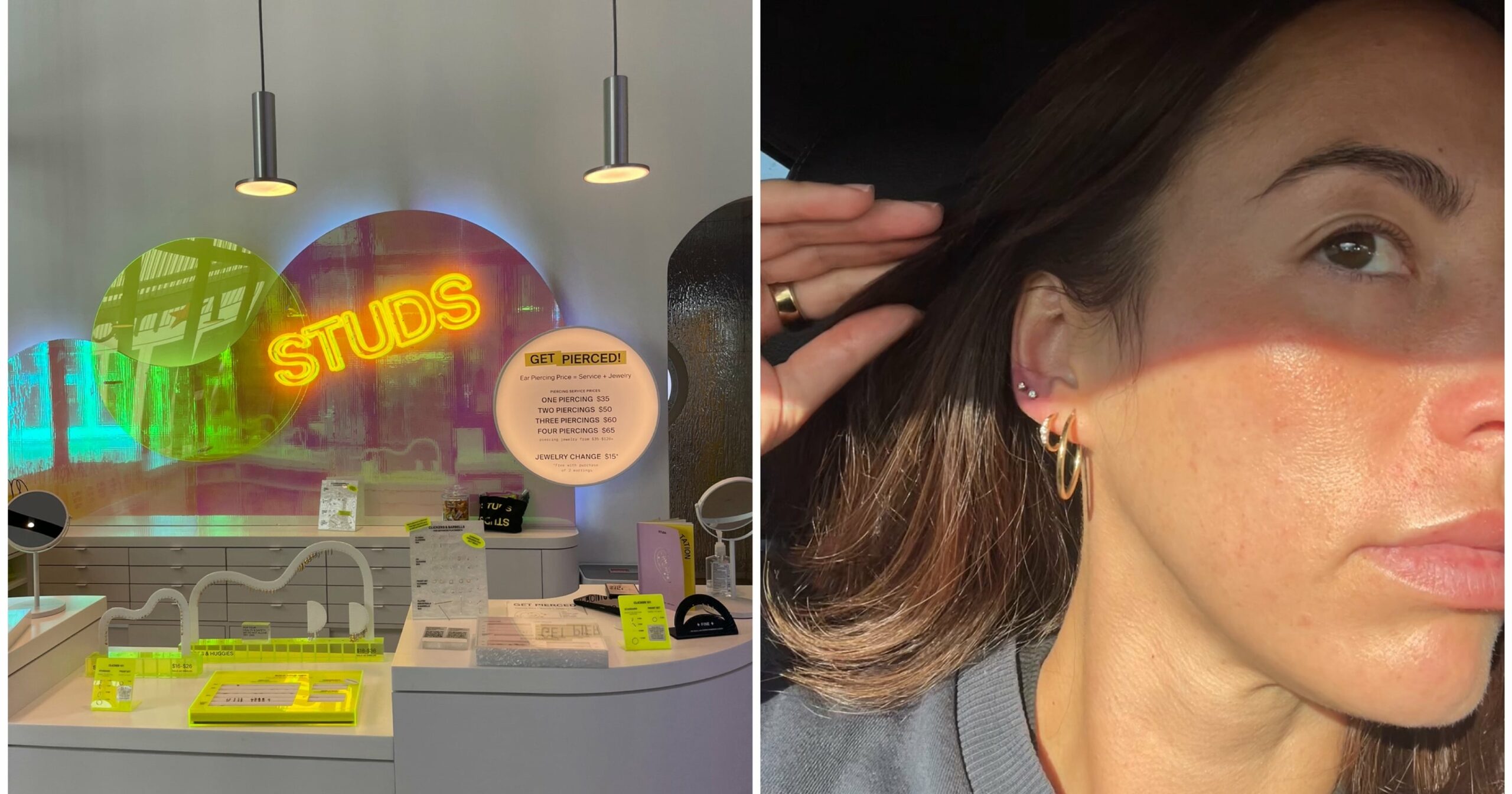MILAN — “Tom Ford Fashion should be one of the top 10 luxury brands globally.”
This was one of the objectives mapped out Tuesday by Gildo Zegna, chairman and chief executive officer of the Ermenegildo Zegna Group. The executive was speaking at the group’s Capital Markets Day in New York, providing an updated strategy following the Tom Ford Fashion acquisition, consolidated since April 29.
“Our scale is different now and this is fundamental,” said Zegna in a separate interview with WWD, pointing to the increased contractual power the group has as unity, leveraging its aggregated strength.
The group, beginning with the full year 2023, plans to deliver more than 10 percent compound annual revenue growth in the medium term, with adjusted operating profit compound annual growth rate of around 20 percent.
Following Zegna’s rebranding, the company expects store productivity to grow by almost 50 percent in 2023 from the 2021 baseline, ahead of its May 2022 medium-term guidance, and to gain market share globally. Zegna’s store productivity is projected to further increase at an around 10 percent CAGR in the medium term compared with 2023.
Asked during the interview to elaborate on achieving increased store productivity, the executive highlighted the importance of “format, product mix, and converting the outreach to customers into sales, strengthening sales assistants with new talent and compensating them accordingly, adding events in stores, social media activations, higher average ticket — all these applied with method and constancy contribute to success.”
Another key element at the Zegna brand was the launch of Essentials, the must-haves that never go out of stock in stores, which offer “a great competitive advantage,” he said. “This was developed from the Classic Thom Browne project and has been very successful for Zegna, too.”
While vertical and horizontal integration and exchange of information are key for the group, maintaining the autonomy of each brand is a must, he continued, and in “no way” would he consider selling the three brands under the same roof. “The customers are different and there should be no overlapping.”
On the other hand, “stores placed near each another is an interesting real estate” proposition.
Thom Browne expects a high-teens CAGR in direct-to-consumer revenues in the next few years, with a streamlined wholesale distribution, doubling revenues since 2021 in the midterm, Zegna said.
Tom Ford Fashion expects to grow its revenues by more than 10 percent CAGR in the medium term, capitalizing on the potential of the brand, “whose strength today is much larger than its business,” Zegna remarked, and by leveraging group synergies to fuel its retail growth, especially in Europe and Asia, given its already strong brand awareness and business in the U.S.
Following the first Tom Ford fashion show by creative director Peter Hawkings in September in Milan, the idea is to continue to unveil the brand’s new collections in the Italian city, “an extremely important fashion capital, at the level of Paris,” Zegna said.
“Our ambitions are high, we want to grow double-digit compared with 2021 in the medium term, and develop womenswear and accessories, and geographies” for Tom Ford, observed Zegna, noting that the brand was already “well represented” in America.
He gave a shoutout to The Estée Lauder and Marcolin companies for “the strong development” of the brand in terms of beauty and eyewear, and underscored his goal to “strengthen Tom Ford and achieve what we say, a consistent and balanced growth. We don’t want to overpromise.” This includes doubling the number of stores in the midterm and increasing their productivity.
In November last year the Estée Lauder Cos. Inc. said it was acquiring the Tom Ford brand in a transaction valuing the company at $2.8 billion. As part of the deal, the Zegna Group and Marcolin entered long-term licensing agreements for Tom Ford fashion and Tom Ford eyewear, respectively.
Zegna has had the license for Tom Ford menswear since around 2006, but with this deal the company is venturing into new territory as it will be producing and distributing all of Ford’s men’s and women’s fashion, accessories, underwear, fine jewelry, childrenswear, textile and home design products.

Zegna said that, compared with the group’s first Capital Markets Day held at Oasi Zegna in May 2022, he was “pleased to say that today we are ahead of the plans we presented back then by one year, following the acquisition of Tom Ford Fashion.” At the time, the objective was to reach 2 billion euros in sales in the medium term, or by 2026.
“Our financial performance today paints a very clear picture: we are a stronger, more thriving company than ever before — we achieved these results while strengthening our brands, and this despite the challenging geopolitical and macroeconomic conditions over the past two years,” Zegna said. He believes that the brands are “in sync with the demand for quiet luxury fashion — the future in luxury is quiet luxury.”
The executive touted the opportunities ahead of “building on the strong portfolio of our three complementary luxury brands and on the different stages in their growth cycles.”
Asked about other potential acquisitions, Zegna said that the group “is open to other challenges,” but that the focus now is on developing the Tom Ford Fashion brand. “You never know what can be on the horizon, we’ll see what the market has to offer,” he said. However, in the interview, he admitted that acquiring “or supporting” small and medium-sized suppliers that will help produce Tom Ford’s womenswear and leather goods could be in the cards.
Zegna has famously built its own vertical supply chain over the years, from Lanerie Agnona and Tessitura Ubertino or Tessitura di Novara, as well as partnering with the Prada Group on acquiring a majority stake in cashmere firm Filati Biagioli Modesto. The group’s integrated textile manufacturing facilities are also strong assets.
“There is no fashion if no industry is behind it and now we can put it at the disposal of all our brands,” the executive said, pointing to the extensive research and development of fabrics done in-house. As a group, costs and services can be shared and more talent attracted. That said, the group’s size still allows for “flexibility and speed.”

Zegna firmly denied any idea of a double listing in Milan. “We have enough on our plate, challenges and costs and the New York [Stock Exchange] is providing good enough satisfaction,” he pointed out. It has also helped strengthen awareness in the U.S., a strong market for the group.
Zegna said that replicating the growth path of Thom Browne and the repositioning of his family’s namesake brand for Tom Ford is achievable.
“In the 1980s, Zegna was identified in the U.S. with the power suit; now we are a lifestyle brand,” he said. “We have an exceptional team, I remain confident about the future, we will be able to defend ourself and attack the market.”
He touted the Made to Measure business, “our Formula 1” at Zegna — a strength that is also benefiting the Thom Browne and Tom Ford brands.
The brands are complementary, he continued, citing for example Tom Ford’s strength in eveningwear, which balances Zegna’s strong development in the casualization of tailoring.
“Womenswear is smaller at Thom Browne and menswear accounts for half of Tom Ford’s fashion business, so here lies the opportunity,” said Zegna, citing a Bain & Company/Altagamma study whereby, globally, menswear is a 65 billion euro market and womenswear a 120 billion euro market. The latter, with the 30-year license, offers a huge opportunity to the group, he explained. He reiterated once again that he has no intention to launch a Zegna womenswear line.
“Asia is very important for Thom Browne, less for Tom Ford , whose number-one market is America, and [Asia–Pacific] and [Europe, Middle East and Africa] are bigger for Zegna than Tom Ford,” he continued, pointing to additional opportunities.
During the call with analysts, in sync with his peers, Zegna said he expects increased Chinese tourist flows to Europe in the second half of next year. The performance in China has been strong also in November, he added.
As reported, in the third quarter of the year, the group’s preliminary, unaudited revenues totaled 431.1 million euros, up 20.8 percent compared with 356.9 million euros in 2022.
In the period, sales of the Zegna segment rose 12.7 percent to 297.8 million euros and Thom Browne segment revenues were up 8.5 percent to 73.64 million euros. The Tom Ford Fashion segment reported sales of 74.6 million euros. Direct-to-consumer sales rose 12.9 percent to 281.8 million, while wholesale rose 8.1 percent to 148.2 million. As of Sept. 30, the group had 635 stores, up from 503. This increase was due in large part to the addition of 121 Tom Ford Fashion stores.




